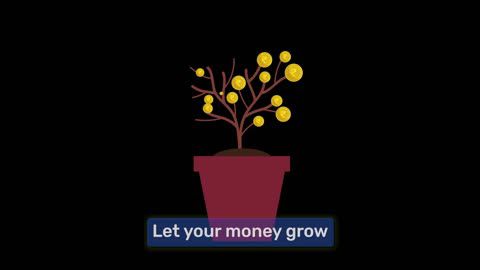1. Know what’s taxable
Don’t assume everything post-retirement is tax-free. Here’s what typically gets taxed:
- Pension income (except commuted pension)
- Interest from FDs, savings accounts, and bonds
- Capital gains from mutual funds, stocks, and real estate
Get familiar with Sections 10(10A), 10(10D), and 80TTB to understand exemptions that apply to retirees.
Want regular payouts for day-to-day expenses?
Choose a non-cumulative FD from Bajaj Finance—get monthly, quarterly, or annual payouts while managing your tax brackets efficiently. Open an FD account with as low as Rs. 15,000.
2. Optimise your investment mix
Tax-saving doesn’t stop at 60. Diversify your portfolio with these instruments:
- PPF: Tax-free interest and maturity under Section 80C
- SCSS (Senior Citizen Saving Scheme): 5-year government-backed plan with quarterly payouts
- Tax-saving FDs: 5-year lock-in under Section 80C
- ELSS: Equity-linked savings schemes with Rs. 1.5 lakh deduction and growth potential
3. Leverage deferred annuities
A deferred annuity lets you build a retirement corpus now and start receiving income later—usually when you hit your 60s. Taxes are applied only once payouts begin, helping you stay within lower tax slabs.
Combine this with a smart FD ladder strategy to balance liquidity and tax exposure.
Planning liquidity across retirement stages?
Use an FD laddering strategy with Bajaj Finance—split your deposit across different tenures to access funds gradually and reduce tax impact. Check latest FD rates.
4. Maximise senior citizen benefits
Once you turn 60, the government rewards you with higher tax exemptions:
- Basic exemption limit increases to Rs. 3 lakh
- Deduction up to Rs. 50,000 on FD/savings account interest under Section 80TTB
- Higher deduction limits for medical insurance under Section 80D
Use these smartly to reduce your taxable income each year.
Want fixed returns without market volatility?
Invest in Bajaj Finance FDs with flexible tenures ranging from 12 to 60 months. Avoid equity-linked risk and enjoy predictable returns of up to 7.30% p.a. Open FD.
5. Plan your withdrawals wisely
Instead of cashing out large chunks, spread your withdrawals over financial years. This helps you:
- Stay in a lower tax bracket
- Reduce TDS deduction on interest or capital gains
- Avoid premature FD withdrawal penalties
Mix income from tax-free instruments (like PPF maturity) with taxable ones to create a balanced, tax-efficient cash flow.












